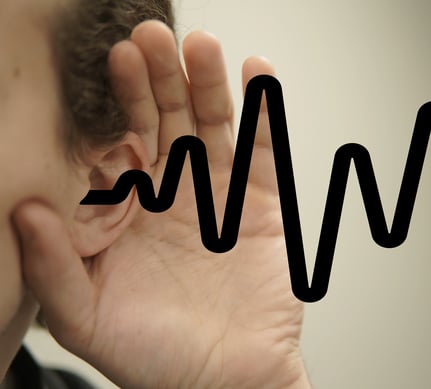
In virtual conferencing, it's not optimal, but it's certainly achievable to do an audio-only conference call. But the second your audio ends up going out, even if you have a video stream going through, you're relegated to using the chat. Don't let your meeting eventually become a long email! Here's a few steps to success to getting a clear audio transmission.
(Learn How to) Route the Audio Transmission Properly
Wait! We don't mean you have to set up this whole thing yourself. But if you're trying to do this in a manner that'll work every time, take a few minutes to figure out which audio driver corresponds to your conferencing device. Go to your conferencing client's audio settings and make sure controls like automatic gain control, noise cancellation, are set to your liking. And if you don't know what's going on, the classic restart might do the trick.
It's always a good idea to set up an audio check before you start your conference. This way, you can make sure that everyone's audio is coming through clearly. For example, if you're using your own devices but still using a room device like a video bar to conference through, have everyone in the room mute their speakers and microphone - this will prevent feedback, and would be unnecessary anyways since the video bar will be able to pick up everyone.
Invest in Quality Microphones
This might be a no brainer, but investing in a microphone that works well for your office environment can make a huge difference in how your audio transmission sounds. With certain devices like video bars, such as the Poly X Studio Series or the Parle VBC2500, you'll already have an amazing array of microphones that capture your voice clearly, regardless of where you are in the room.
But in other cases, such as using a camera that doesn't have a microphone in it, you'll have to expect acquiring an external microphone. If you're meeting with multiple people in a medium sized room, utilize a microphone (or multiple) that provides adequate coverage for the room you're conferencing in. When you go through an A/V integrator, however, you won't have to worry about knowing the differences behind this and how it connects with the rest of your system. If you're confused on the differences between this, feel free to contact us with your concern.
Utilize Noise-Cancelling and Take Out Distractions
Noise-cancelling technology has come a long way, and it can help you achieve a much better audio experience. An audio conferencing system like the Poly X Series comes with noise-cancelling technology that helps eliminate background noise, allowing the audio transmission to be clear and free of distractions.
Especially on a BYOD style meeting, this is essential. Make sure you have noise (and echo, if your client makes them separate) cancellation turned on to prevent not only feedback, but unwanted noises getting into your conference call.


